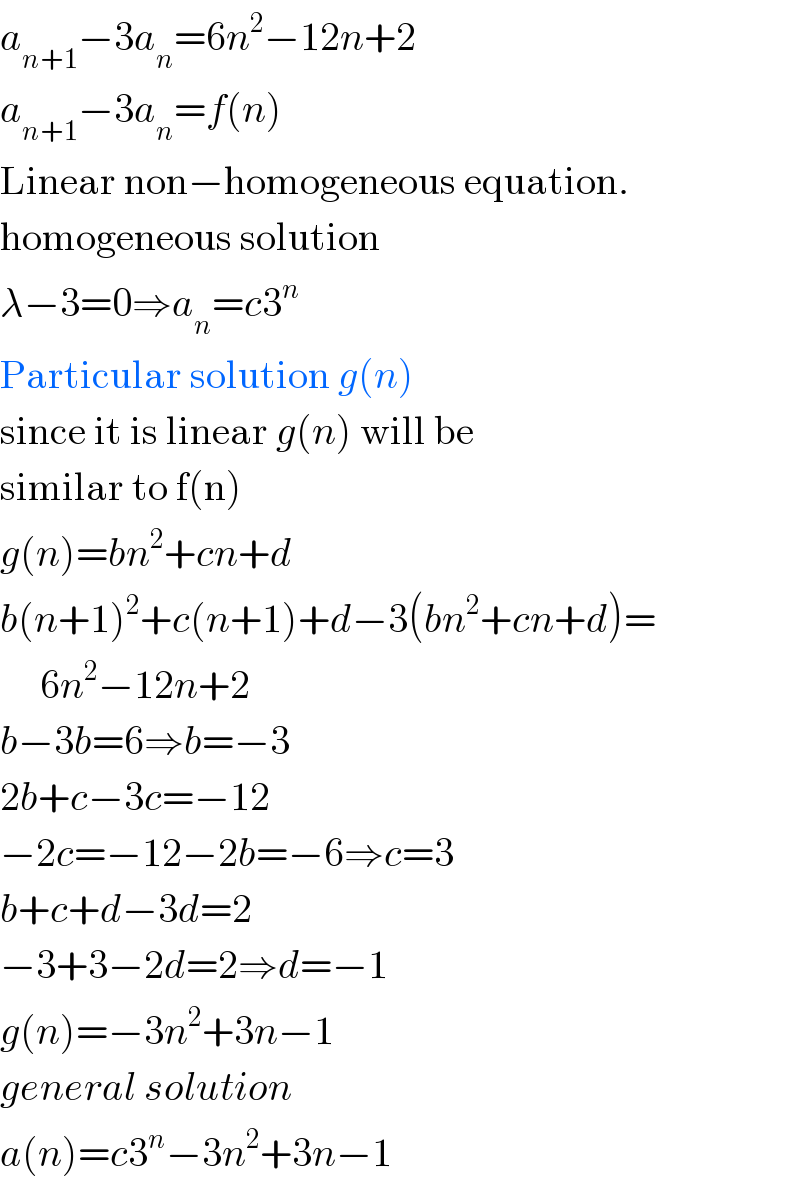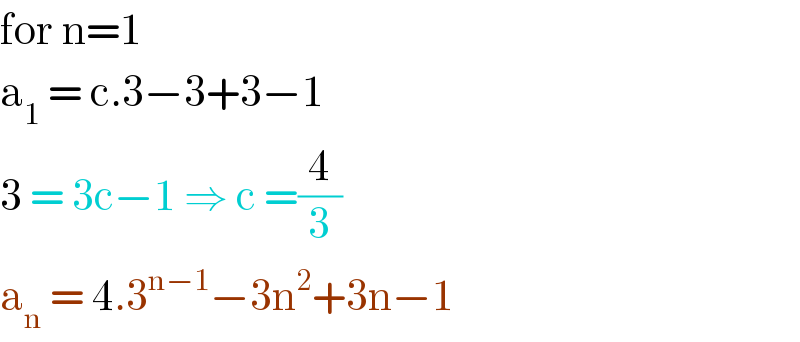
Question and Answers Forum
Question Number 97694 by mr W last updated on 09/Jun/20

Commented by Rio Michael last updated on 09/Jun/20

Commented by mr W last updated on 09/Jun/20

Commented by prakash jain last updated on 09/Jun/20

Commented by john santu last updated on 11/Jun/20

Commented by mr W last updated on 09/Jun/20

Commented by I want to learn more last updated on 10/Jun/20

Commented by mr W last updated on 10/Jun/20

Answered by mathmax by abdo last updated on 09/Jun/20

